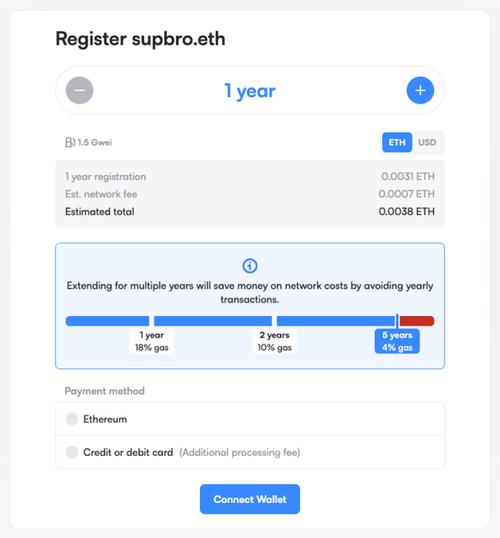
Understanding Ethereum: A Comprehensive Guide for You
Ethereum, often abbreviated as ETH, is a blockchain platform that has revolutionized the way we think about digital currencies and decentralized applications. In this detailed guide, we will explore various aspects of Ethereum, from its origins to its current applications, and everything in between. Whether you are a beginner or an experienced blockchain enthusiast, this article will provide you with a comprehensive understanding of Ethereum.
Origins of Ethereum
Ethereum was founded by Vitalik Buterin, a Russian-Canadian programmer, in 2013. The platform was created to address the limitations of Bitcoin, the first decentralized cryptocurrency. While Bitcoin was primarily designed for digital transactions, Ethereum aimed to create a platform where developers could build decentralized applications (DApps) and smart contracts.
How Ethereum Works
Ethereum operates on a blockchain, which is a decentralized ledger that records all transactions across a network of computers. Unlike Bitcoin, which focuses on digital transactions, Ethereum allows developers to create and deploy smart contracts, which are self-executing contracts with the terms of the agreement directly written into lines of code.
One of the key components of Ethereum is its native cryptocurrency, ETH. ETH is used to pay for transaction fees and to incentivize network participants to secure the network through a process called mining.
Ethereum’s Consensus Mechanism
Ethereum initially used a proof-of-work (PoW) consensus mechanism, similar to Bitcoin. However, this mechanism was energy-intensive and faced scalability issues. In 2022, Ethereum transitioned to a proof-of-stake (PoS) consensus mechanism, which is more energy-efficient and aims to address scalability concerns.
Ethereum’s Smart Contracts
Smart contracts are self-executing contracts with the terms of the agreement directly written into lines of code. They run on the Ethereum network and are immutable, meaning they cannot be changed once deployed. This feature makes smart contracts ideal for creating decentralized applications and automating various processes.

Applications of Ethereum
Ethereum has been widely adopted for various applications, including:
| Application | Description |
|---|---|
| Decentralized Finance (DeFi) | DeFi platforms allow users to access financial services without intermediaries, such as banks or brokers. These services include lending, borrowing, and trading. |
| Non-Fungible Tokens (NFTs) | NFTs are unique digital assets that represent ownership of a specific item, such as an artwork or a collectible. Ethereum has become the leading platform for NFTs. |
| Supply Chain Management | Ethereum can be used to track and verify the authenticity of products in the supply chain, ensuring transparency and reducing fraud. |
Ethereum’s Future
Ethereum continues to evolve, with several upgrades and developments in the pipeline. One of the most significant upgrades is Ethereum 2.0, which aims to improve scalability, security, and sustainability. Ethereum 2.0 will transition to a PoS consensus mechanism and introduce sharding, a technique that will allow the network to handle more transactions per second.
As Ethereum continues to grow and evolve, it is likely to play a crucial role in shaping the future of decentralized technologies and digital currencies.
Conclusion
Ethereum, with its innovative approach to blockchain technology, has become a cornerstone of the decentralized ecosystem. By understanding its origins, how it works, and its various applications, you can appreciate the potential of Ethereum and its impact on the future of digital currencies and decentralized applications.


